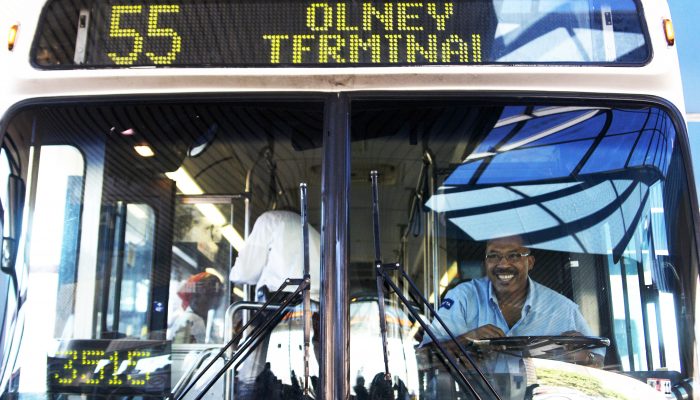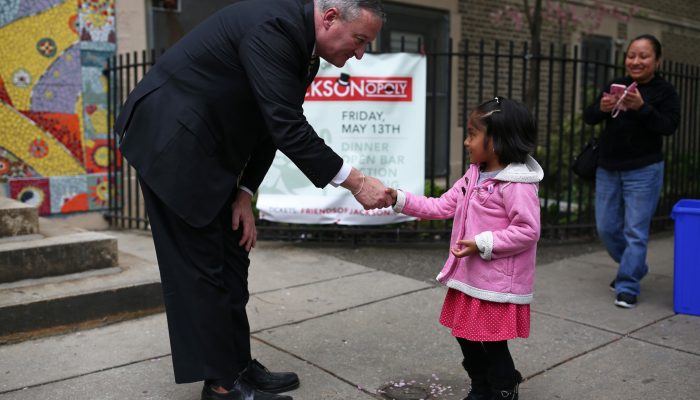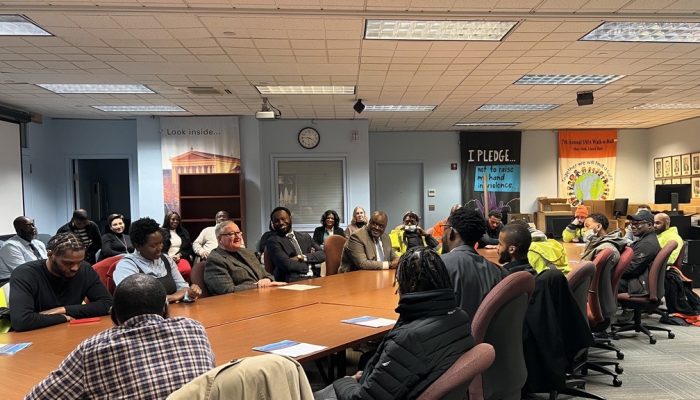In February, Mayor Jim Kenney, City officials, and partners across the region released the Philadelphia Transit plan, A Vision for 2045.
Our first blog gets into why transit matters and the five goals that guide the plan. In this second of four blog posts, we’ll explore the policies that will set the ground for a City Connected by Transit.
1. Accessibility and Universal Design
Residents said cleanliness, safety, and difficulty navigating the city were major concerns. This was especially so for people with limited mobility and parents with strollers.
Our goal is to get full accessibility at all Market Frankford and Broad Street Line stations by 2030. We will work with SEPTA to speed up the construction of new elevators.
2. Fare Equity
Many Philadelphians cannot afford the fare for transit. While lowering the fare for everyone could help some people, many would still not be able to afford it.
This would also have negative effects. Fares make up about 35% of SEPTA’s revenue, meaning that if we lowered the fare, we would have to run less buses and trains.
Our goal is to work with SEPTA on a fare equity plan so that all Philadelphians have access to our city’s transit. This includes reworking the weekly pass system, developing passes for university students, and finding funding for a low-income fare program.
3. Frequent and Reliable Service
Residents want more frequent transit service and faster buses. This is key to being able to rely on transit to get where you need to go, when you need to get there.
We will support SEPTA’s Comprehensive Bus Network Redesign to make our buses work better for us. During this process, we will also work with SEPTA to increase bus service on weekends. This will open access to jobs for many Philadelphians and support riders outside the traditional 9-to-5 commute.
4. Sustainable Transit
Climate change is one of the defining challenges of our time. Our primary strategy for reducing carbon emissions from the transportation system is to shift as many trips as possible from private vehicles to walking, biking, and transit.
We also want to make transit as sustainable as possible. Currently half of trips on SEPTA are on electrically powered modes. Eliminating carbon emissions on transit means shifting to zero-emissions sources for the half of SEPTA trips that occur on buses. We recommend that SEPTA develops a plan to switch to battery electric buses by 2040. This will allow our transit emissions to be reduced even further.
5. Coordinated Land Use
Quality transit needs the appropriate land use to support it. More dense and affordable development will ensure there are people and jobs to support affordable and frequent service.
Expanding the Transit-Oriented Development overlay will promote growth around transit.
These five policy areas will help improve access to the city for all Philadelphians, while decreasing carbon emissions. The City will work with SEPTA and partners across the region and state to support these policies and create a City Connected by Transit.
The Philadelphia Transit Plan is the result of seventeen months of work and was created in close collaboration between the City of Philadelphia and our partners at the Delaware Valley Regional Planning Commission (DVRPC), the Southeastern Pennsylvania Transportation Authority (SEPTA), the Pennsylvania Department of Transportation (PennDOT), New Jersey Transit (NJ Transit), and the Port Authority Transit Corporation Speedline (PATCO). The City of Philadelphia Office of Transportation, Infrastructure, and Sustainability (OTIS) led the development of this plan.




